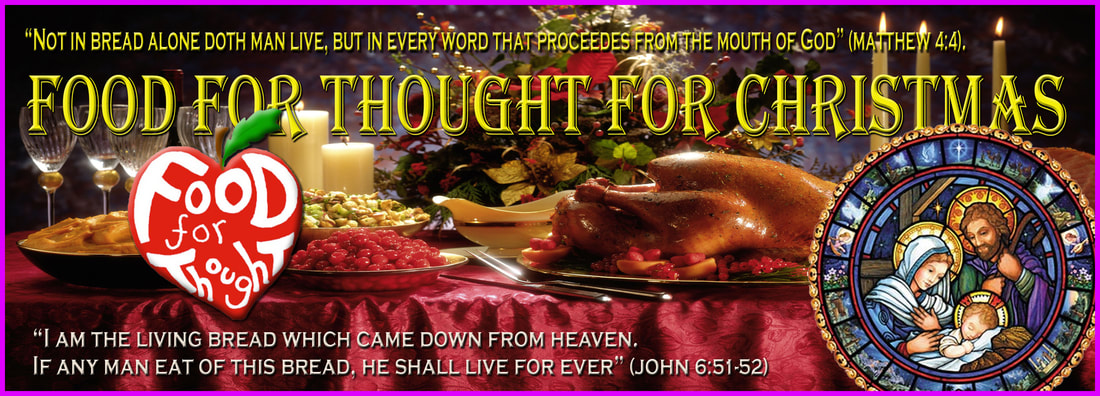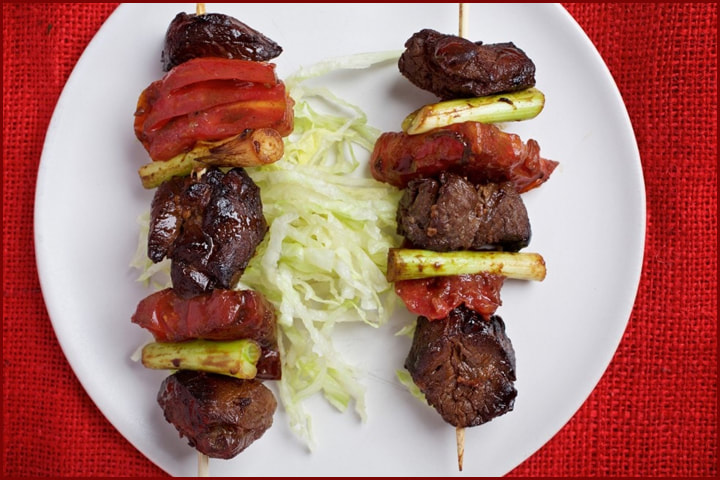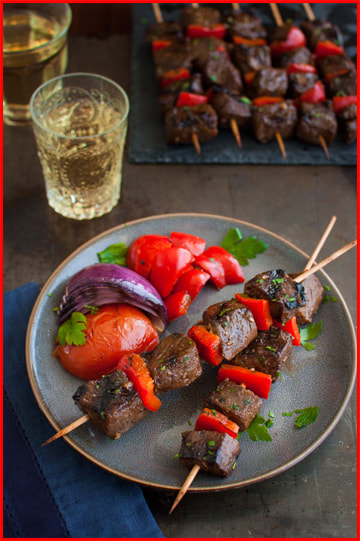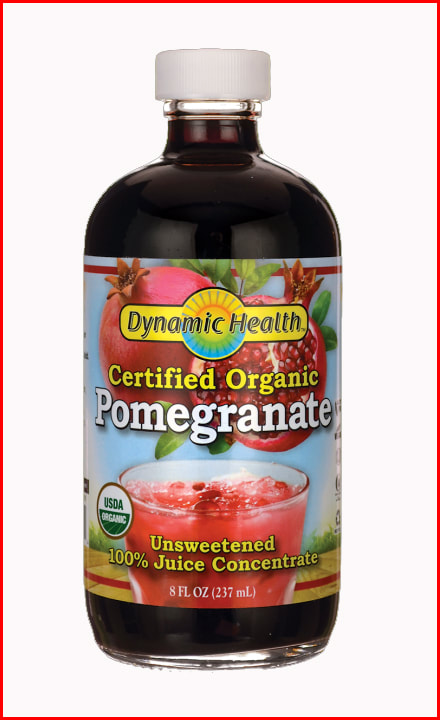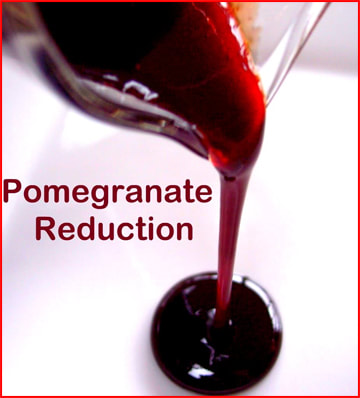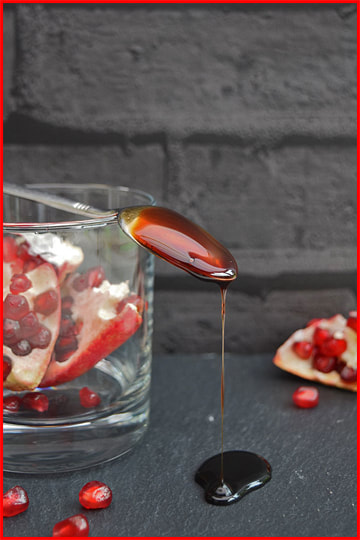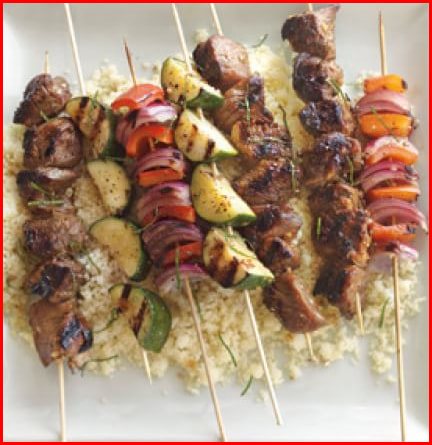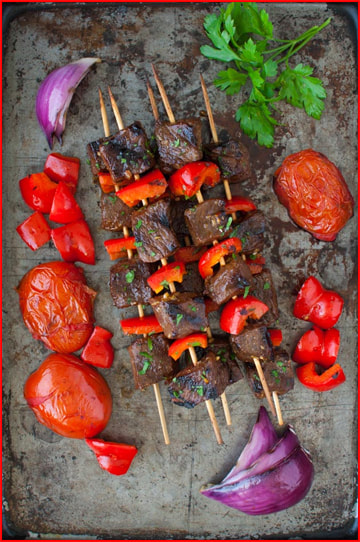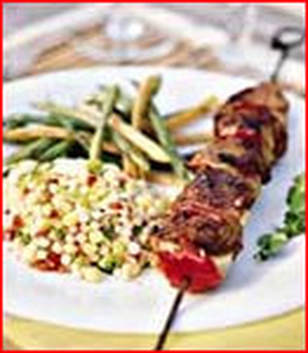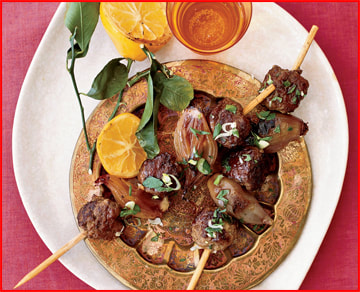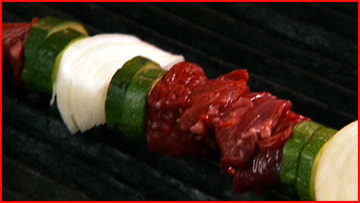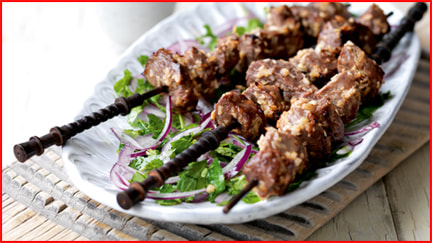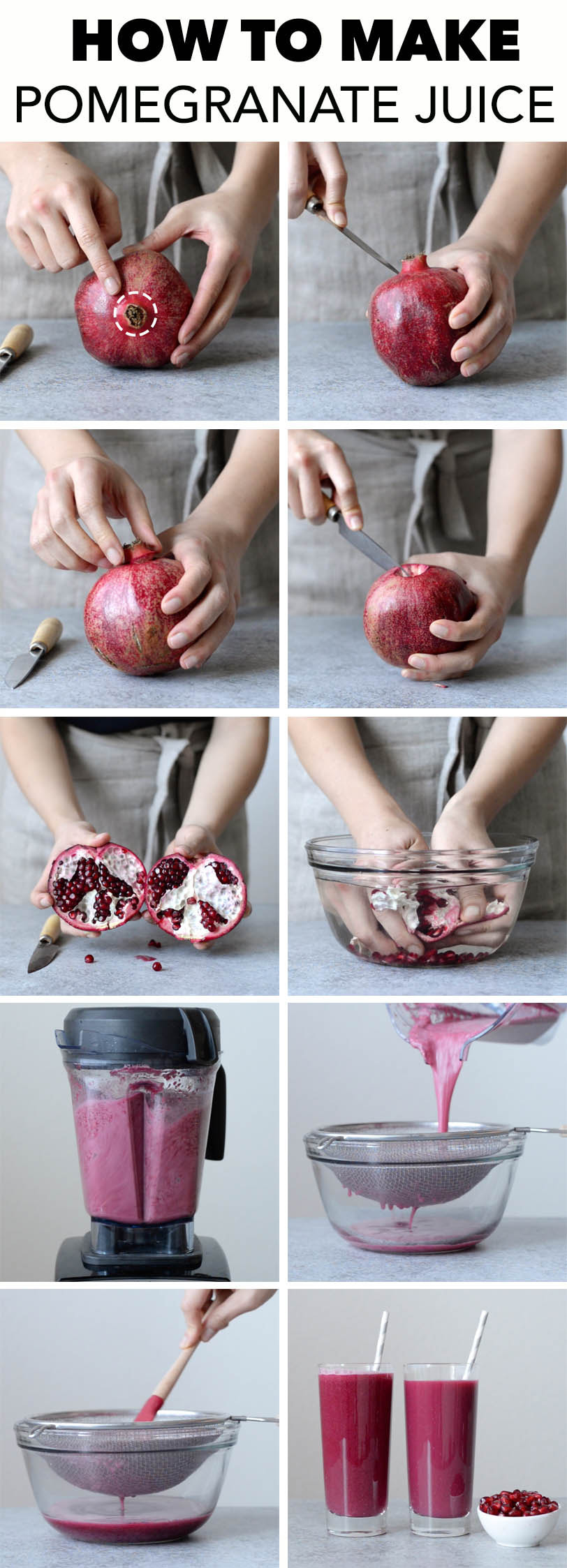| Devotion to Our Lady |
|
- Homepage
-
Daily Thoughts
- 2023 October Daily Thoughts
- Daily Thoughts Lent 2020
- Daily Thoughts for Advent 2019
- Daily Thoughts for October 2019
- Daily Thoughts for September 2019
- Daily Thoughts for August 2019
- Daily Thoughts for July
- Daily Thoughts for June
- Daily Thoughts for Easter 2019
- Daily Thoughts for Lent 2019
- Daily Thoughts for Christmas
- Daily Thoughts Easter 2022
- Sacred Heart
- Holy Ghost
-
Spiritual Life
- Holy Mass Explained
- First Friday Devotions
- First Saturday Devotions
- The Mercy of God
- Vocations
- The Path Everyone Must Walk >
- Gift of Failure
- Halloween or Hell-O-Ween?
- Ignatian Spiritual Exercises >
- Meditation is Soul-Saving
- Spiritual Communion
- Miraculous Medal
- Enrollment in Miraculous Medal
- St. Benedict Medal
- Holy Water
- Advice on Prayer
- Your Daily Mary
-
Prayers
- September Devotions
- Seven Sorrows of Our Lady
-
Novenas
>
- NV-Help of Christians
- NV-Nativity of Our Lady
- NV-Seven Sorrows
- NV- Sorrowful Heart
- NV-Pope St Pius X
- NV-La Salette
- NV-St Michael Archangel
- NV-Immaculate Heart
- NV-Assumption
- NV-Novena for Fathers
- NV-Novena for Your Mother
- NV-St Raphael Archangel
- NV-Souls in Purgatory
- NV-All Saints Day
- NV-Christ the King
- NV-Divine Motherhood
- NV-Guardian Angels
- NV-Rosary
- NV-Mirac Med
- NV- Imm Conc
- NV - Guadalupe
- NV - Nativity of Jesus
- NV-Epiphany
- NV-OL Good Success
- NV-Lourdes
- NV-St Patrick
- NV-St Joseph
- NV-Annunciation
- NV-St Louis de Montfort
- NV-OL Good Counsel
- NV-Last Supper
- NV-Passion
- NV-Pentecost
- NV-Ascension
- NV-Sacred Heart
- NV-Sacred Heart & Perpetual Help
- NV-Corpus Christi
- NV-OL of Perpetual Help
- NV-Queenship BVM
- NV-OL of Mount Carmel
- NV-St Mary Magdalen
- NV- Im Hrt
- August Devotions to IHM
- Immaculate Heart of Mary
- Litany of Dependence
- Prayers to St Mary Magdalen
- Prayers in Times of Sickness Disease & Danger
- Holy Souls in Purgatory
- Meditations on the Litany of Our Lady
- Special Feast Days
- Prayers to Mary (Mon-Sun)
- Litanies to Our Lady >
- Various & Special Needs
- Our Lady of the Rosary
- Our Lady of Mt. Carmel
- Our Lady of Perpetual Help
- Our Lady of Guadalupe
- Other titles of Our Lady
-
Rosary
- Downloads
- Consecration
- Easter Season
-
Holy Week
- Last Seven Words of Jesus >
- Characters of Passion >
- The Last Days of Christ
- Before Palm Sunday
- Palm Sunday
- Monday in Holy Week
- Tuesday in Holy Week
- Wednesday in Holy Week
- Holy Thursday (Last Supper)
- Holy Thursday (Agony & Arrest)
- Night Vigil with Christ
- Good Friday (Pilate & Herod)
- Good Friday (Way of Cross & Crucifixion)
- Saturday in Holy Week
-
Lent
- Ideas for Lent
- Daily Lenten Planner
- Daily Lenten Liturgy
- From Cold to Hot
- Lent with Aquinas
- Lent with Dom Gueranger
- Virtues for Lent
- History of Penance
- How Expensive is Sin?
- Confession of Sins
- Letter to Friends of the Cross
- Sermons for Lent
- Stations of the Cross >
- Lenten Prayers
- 7 Penitential Psalms
- Lenten Psalms SUN
- Lenten Psalms MON
- Lenten Psalms TUE
- Lenten Psalms WED
- Lenten Psalms THU
- Lenten Psalms FRI
- Lenten Psalms SAT
- Lenten Laughs
- Septuagesima
-
Christmas
- Epiphany Explained
- Suggestions for Christmas
- Food For Thought
- Christmas with Aquinas
- Christmas with Dom Gueranger
- Christmas Prayers
- Candles & Candlemas
- Christmas Sermons
- Christmas Prayers SUN
- Christmas Prayers MON
- Christmas Prayers TUE
- Christmas Prayers WED
- Christmas Prayers THU
- Christmas Prayers FRI
- Christmas Prayers SAT
- Twelve Days of Christmas >
-
Advent Journey
- Purgatory
- Christ the King
- Legion of Mary
- Scapular
-
Saints
-
Martyrs for the Faith
>
- Your Daily Martyr >
- All 365 Days of Martyrs
- Cristeros
- St Valentine & Valentine's Day
- Martyrs--Thomas Becket
- Martyrs--John the Apostle
- Holy Machabees
- Age of Martyrdom
- Carmelites of Compiegne
- Martyrs--Peter & Paul
- Martyrs--John the Baptist
- Martyrs--Andrew
- Martyrs--James the Great
- Martyrs--North American
- Martyrs--Seven Holy Sleepers
- Martyrs--Afra
- School of Martyrdom
- Martyrs--Christina
- Desert Saints >
- Saints for Sinners >
- Saints of Mary >
- History of All Saints Day
-
Martyrs for the Faith
>
- Precious Blood
- Synod 2023
-
Catechism
- Catechism Lesson 1
- Catechism Lesson 2
- Catechism Lesson 3
- Catechism Lesson 4
- Catechism Lesson 5
- Catechism Lesson 6
- Catechism Lesson 7
- Catechism Lesson 8
- Catechism Lesson 9
- Catechism Lesson 10
- Catechism Lesson 11
- Catechism Lesson 12
- Catechism Lesson 13
- Catechism Lesson 14
- Catechism Lesson 15
- Catechism Lesson 16
- Catechism Lesson 17
- Catechism Lesson 18
- Catechism Lesson 19
- Catechism Lesson 20
- Catechism Lesson 21
- Catechism Lesson 22
- Bible Study
-
Calendar
- Miracles
- Apparitions
- Shrines
- Prophecies
- Angels Homepage
- Hell
-
Church Crisis
- Conspiracy Theories
- Amazon Synod 2019 >
- Liberalism & Modernism
- Modernism--Encyclical Pascendi
- Modernism & Children
- Modernism--Documents
- The Francis Pages
- Church Enemies on Francis
- Francis Quotes
- Amoris Laetitia Critique
- Danger of Ignorance (Pius X)
- Restore all In Christ (Pius X)
- Catholic Action (Pius X)
- Another TITANIC Disaster?
- The "Errors of Russia"
- CRISIS PRAYERS
- Election Novena 2024
- The Anger Room
- War Zone
- Life of Mary
- Spiritual Gym
- Stupidity
- Coronavirus and Catholicism
- History & Facts
- Books
- Catholic Family
- Children
- Daily Quiz
-
Novena Church & Pope
- Day 01 Church-Pope Novena
- Day 02 Church-Pope Novena
- Day 03 Church-Pope Novena
- Day 04 Church-Pope Novena
- Day 05 Church-Pope Novena
- Day 06 Church-Pope Novena
- Day 07 Church-Pope Novena
- Day 08 Church-Pope Novena
- Day 09 Church-Pope Novena
- Day 10 Church-Pope Novena
- Day 11 Church-Pope Novena
- Day 12 Church-Pope Novena
- Day 13 Church-Pope Novena
- Day 14 Church-Pope Novena
- Day 15 Church-Pope Novena
- Day 16 Church-Pope Novena
- Day 17 Church-Pope Novena
- Day 18 Church-Pope Novena
- Day 19 Church-Pope Novena
- Day 20 Church-Pope Novena
- Day 21 Church-Pope Novena
- Day 22 Church-Pope Novena
- Day 23 Church-Pope Novena
- Day 24 Church-Pope Novena
- Day 25 Church-Pope Novena
- Day 26 Church-Pope Novena
- Day 27 Church-Pope Novena
- Day 28 Church-Pope Novena
- Day 29 Church-Pope Novena
- Day 30 Church-Pope Novena
- Day 31 Church-Pope Novena
- Day 32 Church-Pope Novena
- Day 33 Church-Pope Novena
- Day 34 Church-Pope Novena
- Day 35 Church-Pope Novena
- Day 36 Church-Pope Novena
- Day 37 Church-Pope Novena
- Day 38 Church-Pope Novena
- Day 39 Church-Pope Novena
- Day 40 Church-Pope Novena
- Day 41 Church-Pope Novena
- Day 42 Church-Pope Novena
- Day 43 Church-Pope Novena
- Day 44 Church-Pope Novena
- Day 45 Church-Pope Novena
- Day 46 Church-Pope Novena
- Day 47 Church-Pope Novena
- Day 48 Church-Pope Novena
- Day 49 Church-Pope Novena
- Day 50 Church-Pope Novena
- Day 51 Church-Pope Novena
- Day 52 Church-Pope Novena
- Day 53 Church-Pope Novena
- Day 54 Church-Pope Novena
- Penance Novena
- Daily WeAtheR Forecast
FOOD GLORIOUS FOOD!
But Can Food Give Glory to God?
This article is currently being cooked. Dishes will be served as they are completed. Please check back later.
But Can Food Give Glory to God?
This article is currently being cooked. Dishes will be served as they are completed. Please check back later.
There is more to food that meets the eye! Not only does food feed the body, but food can also feed the mind. This is because food can have a hidden symbolism or spiritual meaning. We see instances of this in several places in the Bible, and especially so in relation to Our Lord Jesus Christ. Let us look at some of these cases and see what we draw from them for our Christmas menu.
The list of symbolic foods is as endless as foods are many. Yet of all the foods that are available—and we hope to cover quite a few, for we have the Forty Days of Christmas coming up—Our Lord chose to associate Himself with three chief things. These are primarily bread and lamb, with wine coming not so far behind. So, since Our Lord chose these items, it is with those items that we will begin our Christmas taste-bud journey that will also provide much good food for the mind, by an explanation of the symbolism, meaning and history behind the many foods that will be covered.
The list of symbolic foods is as endless as foods are many. Yet of all the foods that are available—and we hope to cover quite a few, for we have the Forty Days of Christmas coming up—Our Lord chose to associate Himself with three chief things. These are primarily bread and lamb, with wine coming not so far behind. So, since Our Lord chose these items, it is with those items that we will begin our Christmas taste-bud journey that will also provide much good food for the mind, by an explanation of the symbolism, meaning and history behind the many foods that will be covered.
BEHOLD THE LAMB OF GOD!
|
LAMB KEBABS WITH POMEGRANATE GLAZE (SYMBOLS: JESUS & MARY)
Lamb kebabs with a pomegranate glaze is traditional Middle Eastern dish. Since the lamb symbolizes Our Lord Jesus Christ, the Lamb of God, and the pomegranate symbolizes Our Lady, the most fruitful of God’s creatures, then the combination of the two is not only naturally and traditionally acceptable and delectable, but it is also supernaturally and symbolically most fitting and suitable. The Lamb The Lamb already comes into focus from the beginning of creation, when Abel sacrificed to God a lamb from his flock. We also have God commanding Moses to sacrifice a the Paschal Lamb and to eat it, just before the Exodus from Egypt. The lamb became part of the regular sacrifices of the Israelites: “And shall offer his oblation to the Lord: one he lamb of a year old without blemish for a holocaust, and one awe lamb of a year old without blemish for a sin offering, and one ram without blemish for a victim of peace offering” (Numbers 6:14). In the next chapter of the Book of Numbers, chapter 7, it mentions the need for the sacrifice of the Lamb a total of twelves times! The prophet Isaias—the chief prophet used by the Church during Advent—speaks of the future Christ, the Lamb of God: “Send forth, O Lord, the Lamb, the ruler of the Earth” (Isaias 16:1). The prophet bridging the Old and New Testament, St. John the Baptist, refers to Christ as the Lamb of God, when he sees Jesus approaching: “The next day, John saw Jesus coming to him, and he said: ‘Behold the Lamb of God! Behold Him who taketh away the sin of the world!’” (John 1:29). It is not for nothing that Our Lord partakes in the Last Supper eating the Paschal Lamb, which He was about to replace with His own sacrifice, being the Lamb of God. The Apocalypse speaks of Jesus as the Lamb of God. It speaks of the followers and enemies of the Lamb of God. Of the followers, it says: “These follow the Lamb whithersoever he goeth. These were purchased from among men, the firstfruits to God and to the Lamb” (Apocalypse 14:4). Of the enemies, it says: “These shall fight with the Lamb, and the Lamb shall overcome them, because he is Lord of lords, and King of kings, and they that are with him are called, and elect, and faithful” (Apocalypse 17:14). So when, at Christmas, the Lamb of God makes His first appearance on Earth, it is only fitting that He also make His symbolic appearance on our tables as the Lamb of God! Thus, we present you with a traditional Lamb and Pomegranate recipe from the very region of the world in which Our Lord lived, which today we call the Middle East. The Pomegranate As for the Pomegranate being a symbol of Our Lady, we clearly see this in the red skin of the fruit, which is a symbol of the Mother of the Sacrificed Lamb of God on Calvary, the Queen of Martyrs, whose symbolic color is red. Once we cut open the Pomegranate, we see numerous seeds within the "womb" of the Pomegranate, bringing to mind that we are saints in seed form, within the spiritual womb of Mary, of which St. Augustine says, that in this world, we are like seeds in the womb of Mary until she gives birth to us into eternal life. St. Louis de Montfort quotes St. Augustine, in his True Devotion to Mary: "St. Augustine, surpassing himself, and going beyond all I have yet said, affirms that all the predestinate, in order to be conformed to the image of the Son of God, are in this world hidden in the womb of the most holy Virgin, where they are guarded, nourished, brought up and made to grow by that good Mother until she has brought them forth to glory after death, which is properly the day of their birth, as the Church calls the death of the just." Yet you can only get juice from the seed of the Pomegranate by crushing it and making it "die" so to speak. This is true for us too, if we want to get to Heaven. Our Lord speaks of us being hated by the world and even being put to death by the world. He also says that He who seeks to keep his life shall lose, but he who loses his life for Christ's sake and for the sake of the Gospel, shall find not only life, but eternal life. We do not promise this if you make the Lamb Kebabs with Pomegranate glaze, but we do promise that you will enjoy it and also enjoy the spiritual reflections and further symbolism of the ingredients, which we will unfold as we go along. INGREDIENTS MAKING YOUR OWN POMEGRANATE MOLASSES The other ingredients in this recipe you will be very familiar with, but there is one that may befuddle you. This recipe calls for “pomegranate molasses”! Huh? What’s that? It is a pomegranate juice, reduced to about a quarter of its original quantity, to a syrupy consistency, by slow heating. Like heating-up your charity! The pomegranate molasses glaze goes with the lamb, like Mary goes with Jesus. You could say they are inseparable! If you have the time and the inclination, you could make your own fresh pomegranate juice from fresh pomegranates, but be prepared for some work! I guess it would be a good meditation on the effort the Faith requires if it is to be lived as it is meant to be lived. You cannot beat freshly made pomegranate juice, but ultimately the choice is yours. It is easier getting Organic Pomegranate Juice for much less. I say “Organic” because it likely to have NO ADDED SUGARS (just like we don't want the Faith mixed with the world). Our Lady, though sweet, was not without bitterness in her life—so let us take the bitter sweet or tart-sweet taste of the natural pomegranate. You can, if you wish, add honey—for Our Lady is seen as the Queen Bee, and the Carmelite Order of Our Lady of Mount Carmel, used to wear a brown and white striped scapular, which earned them the nickname of “The Bees” or “Our Lady’s Bees”! PART 1 : FROM POMEGRANATE JUICE TO POMEGRANATE MOLASSES First you need pomegranate juice before you get to the pomegranate molasses. If you are going to use fresh pomegranates, then you can expect to get 1 measuring cup of juice from 2 LARGE pomegranates.
PART 2:: MAKING YOUR OWN POMEGRANATE MOLASSES FROM POMEGRANATE JUICE
What is Pomegranate Molasses? Well for starters, it is not molasses at all but is instead pomegranate juice that’s been cooked and reduced to a thick, syrup like consistency. Pomegranate molasses is a traditional ingredient in Middle Eastern cooking and can be used in a variety of dishes. The quantities given here will make take 4 cups of pomegranate juice and reduce it to 1 cup. That 1 cup should produce enough glaze for 16 skewers of lamb kebabs. You can either use pomegranate alone, or add certain things like honey, cinnamon and lemon—all of which are traditional Middle Eastern ingredients for this dish. ● As regards the honey, the Promised Land was called a “land of milk and honey” (). Our Lady and Our Lord are also linked to honey, as Holy Scripture says: “Behold a virgin shall conceive, and bear a Son, and His Name shall be called Emmanuel. He shall eat butter and honey, that He may know to refuse the evil, and to choose the good” Isaias 7:14-15). ● With regard to cinnamon, the Church applies to Our Lady these words of Holy Scripture: “I gave a sweet smell like cinnamon” (Ecclesiasticus 24:20). Mount Carmel is renowned for its cinnamon (as well as its pomegranates). ● Lemon, which is a joyous looking fruit, is also very tart, symbolic of mortification and penance, which is what Our Lady is continually asking from us. INGREDIENTS 4 cups unsweetened pomegranate juice 1½ cups honey Juice of 2 lemons Cinnamon to personal taste preferences (1/4 to 1/2 teaspoon, start with less, you can always add more after mixing in and tasting it) DIRECTIONS ● Place the 4 cups pomegranate juice, honey and lemon juice in a 4-quart saucepan set over medium heat. ● Cook, stirring occasionally, until the honey has completely dissolved (mixed into the mixture). ● Once the honey has dissolved, reduce the heat to medium-low and cook until the mixture has reduced to 1 cup, approximately 70 minutes (but check levels frequently from 50 to 55 minute mark). ● If you wish, add some Cinnamon according to personal taste preferences. Start with a little, and add more if needed. ● It should be the consistency of thick syrup. Remove from the heat and allow to cool in the saucepan for 30 minutes. ● Transfer to a glass jar and allow to cool completely before covering and storing in the refrigerator for up to 6 months. You can overcook the molasses! If you do not keep an eye on the molasses during the latter stages of cooking, it can be overcooked. The molasses will turn from a beautiful magenta color to brown. Once the molasses cools, you will end up with a very thick and stiff substance that was very difficult to remove from the jar and difficult to work with. The last 10 to 15 minutes of the cooking process are the most critical, so if you can, try to pay attention then. How to tell when the molasses is done? After an hour, you’ll notice that the bubbles will start to look thicker at more viscous. That’s a good sign. You want the molasses to be able to coat the back of a spoon and be heavy and syrupy. Another very sensible thing to do is, after 50 minutes to 60 minutes, pour the molasses into a heat resistant measuring glass or jar to see how much liquid you have—you can always reduce it some more, but cannot make it less thick. Once you have boiled everything down to about 1½ cups or so, then stop. If you are using purely pomegranate juice (with the additional 1½ of honey), then you are looking to be left with only 1 cup from the original 4 cups of juice, if using honey and lemon, then you should not let the level get below 1½ cups. The thickness is the ultimate guideline, it should drip off the back of a spoon in a syrupy fashion, so that the glaze will stick to the lamb and vegetables but not be too thick like a spread. One of the things about it is its lack of powerful sweetness. Pomegranate molasses is syrupy and rich, but even versions with added honey are not very sweet. Instead it's tangy and a little musky with a depth of flavor that you usually associate with wine or concentrated meat drippings. INGREDIENTS FOR THE LAMB KEBABS The chief ingredient is the lamb—just as Christ, the Lamb of God, is the chief ingredient in our spiritual life. The other veggies and spices are like the saints that surround Christ. We will suggest some items here, but ultimately you are free to choose as you wish—as St. Augustine says: “Love God and do what you want!” He also speaks of “the freedom of the children of God.” We suggest that Lamb Kebabs, because of the spiritual and symbolic significance of the skewer. Our Lady was told by St. Simeon that a sword would pierce her soul and Our Lord had his Body and Heart pierced by a lance. The wooden skewer also represent the wooden staff of the shepherd, and also that of the Good Shepherd who lays down His life for his sheep—there goes that family again: sheep and lamb. Furthermore, the skewer is a symbol of the upright beam of the cross, and all items—lamb and vegetables—are ‘crucified’ to the wooden stick or beam. The wood of the cross and the wood of the manger can be seen in the wood of the skewer. If you using metal skewers, then you can see in them the nails that pierced the Lamb of God on the cross. However, if you should wish to roast the lamb, or cook it in a marinade or juices, go ahead—that is the prerogative and “freedom of the children or lambs of God” List Of Possible Choices To Place On The Skewer Lamb cut into 1 inch cubes (the essential, no choice here) Small Pickling Onions or Small Shallots Largest Garlic Cloves that you can find Small Cherry Tomatoes Bell Peppers (variety of colors) Large Jalapeno Peppers Big Fat Carrots Brussel Sprouts Eggplant Zucchini Sweet Potato Mini-Potatoes (roughly cherry tomato size) Butternut Squash Pumpkin Squash Additional Spices, Oils, Vinegars and Liquids Pomegranate Molasses Ginger Garlic Shallots (mild onion) Lemon zest Cumin seed (ground) Cilantro (fresh) Mint (fresh) Salt You can also add any of the following: Ground Coriander Ground Cardamom Paprika Cayenne QUANTITIES & DIRECTIONS FOR 4 SKEWERS (MULTIPLY AS NEEDED) 1. Prepare items for the Marinade in which you will soak the lamb With mortar and pestle, or in a spice mill, grind down 1 teaspoon of Cumin Seeds. Finely chop 2 medium Shallots. Finely chop or grate 2 large (or 4 small) cloves of Garlic. 4 sprigs fresh Mint. Handful fresh Cilantro. 3/4 teaspoon of Sea Salt. Add any of the other spices mentioned above that you personally like to this batch. Alternatively, after grinding the Cumin Seeds, you could add the Cumin Seeds with all the other ingredients to a food processor until all is finely chopped. 2. Making the Marinade In a bowl, stir together the above basic foundation (cumin, shallots, garlic, mint, cilantro and salt) with ¼ cup of pomegranate molasses and 1 tablespoon of the olive oil. Pour the mixture in a 1-gallon re-sealable plastic bag, to which you will add the lamb once you have cut it to size. 3. Preparing the lamb Take the lamb and cut it into 1 inch cubes. Then place the lamb cubes in the re-sealable plastic bag with the marinade. Close the bag and then rub the bag with both hands pressing the lamb into the marinade mixture. Then chill in the refrigerator for at least one hour and up to overnight. 4. Soak 12 bamboo skewers (gives 4 servings) in water to cover for 30 minutes before threading them with the lamb and vegetables. 5. Thread the skewers with the lamb cubes and your desired vegetables. 6. Preheat a griddle over medium heat, drizzling oil over it, so that when it starts to smoke, you'll know it's ready. 7. Meanwhile, mix the juice of half a lemon with the remaining pomegranate molasses marinade in a small bowl. 8. When it's hot, place the skewers on the grill. Cook about 2 minutes, then turn a quarter of the way. Brush with the lemon-molasses glaze and cook another 2 minutes. Continue in this way until you've cooked the meat 8 to 10 minutes (medium-rare), or until done to your liking. 9. Transfer the skewers to a platter, sprinkle with chopped mint leaves and serve immediately. |
Web Hosting by Just Host
